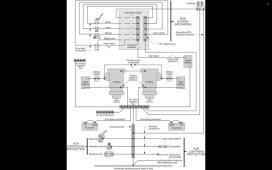sprinter99
New Member
- Joined
- Oct 29, 2020
- Messages
- 18
hi,
I have questions about grounding/bonding. I am getting ready to install my victron 48v quattro inverter/charger, I have a 280ah 48v eve pack and a 20kw electric motor. I plan on doing my charging solely by solar and a honda suitcase generator that plugs to the victron charger.
How and where ( or do I need to ?) do I ground my Victron inverter ? do I bond my 48v dc system and ac system together with a grounding plate ? does the plate go outside the hull in the water or inside ? or should i just ground it to the prop shaft ? Any information will help as I am very overwhelmed with grounding on a boat.
I have questions about grounding/bonding. I am getting ready to install my victron 48v quattro inverter/charger, I have a 280ah 48v eve pack and a 20kw electric motor. I plan on doing my charging solely by solar and a honda suitcase generator that plugs to the victron charger.
How and where ( or do I need to ?) do I ground my Victron inverter ? do I bond my 48v dc system and ac system together with a grounding plate ? does the plate go outside the hull in the water or inside ? or should i just ground it to the prop shaft ? Any information will help as I am very overwhelmed with grounding on a boat.



